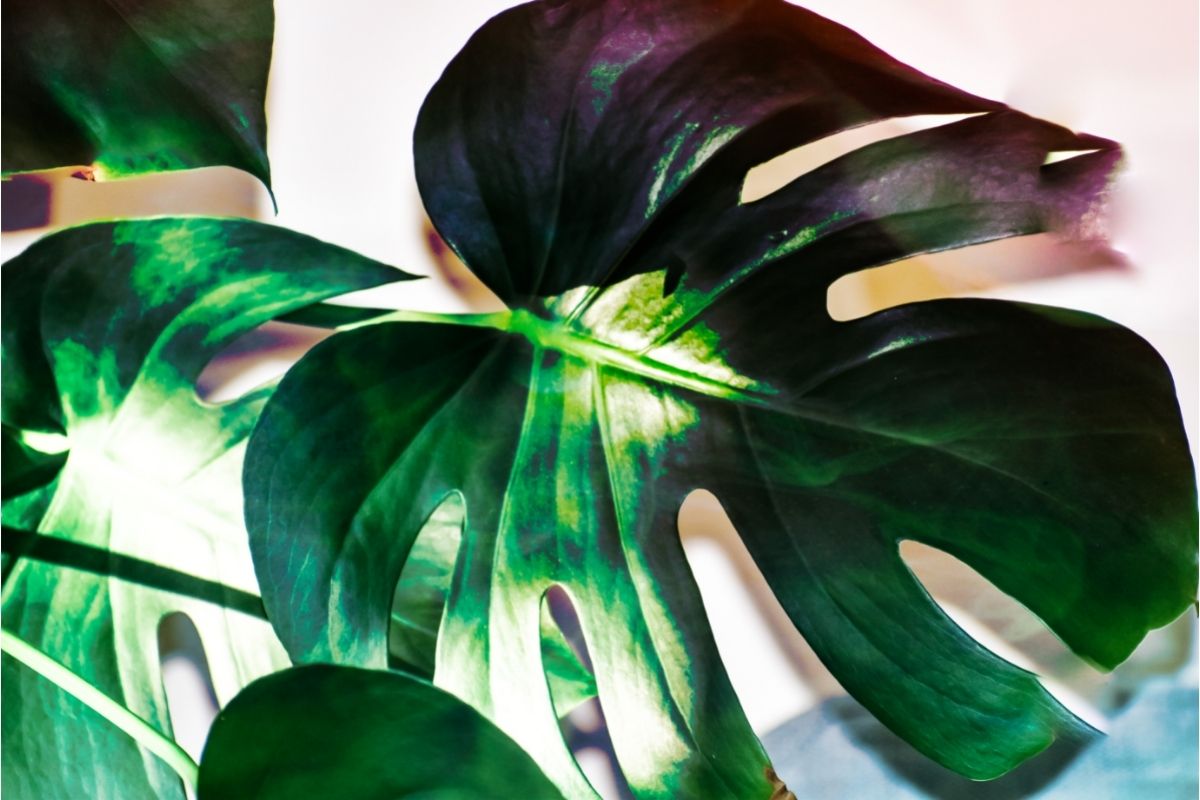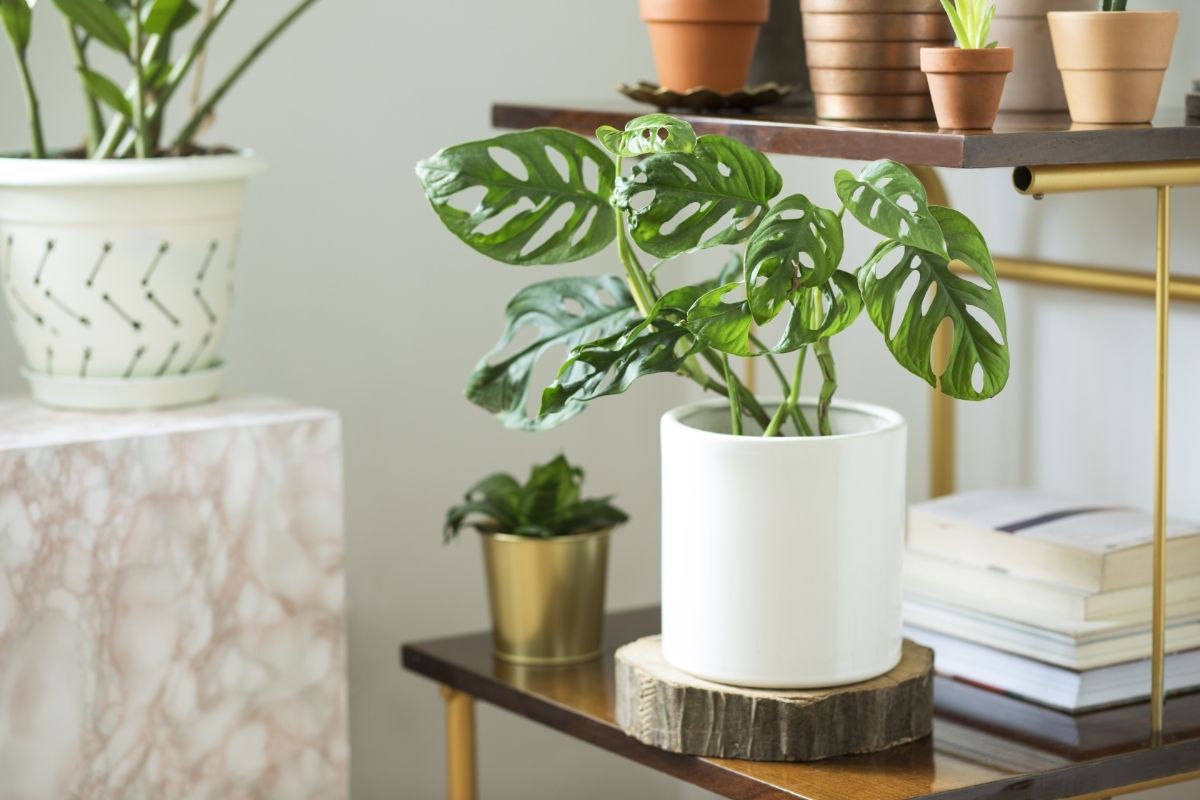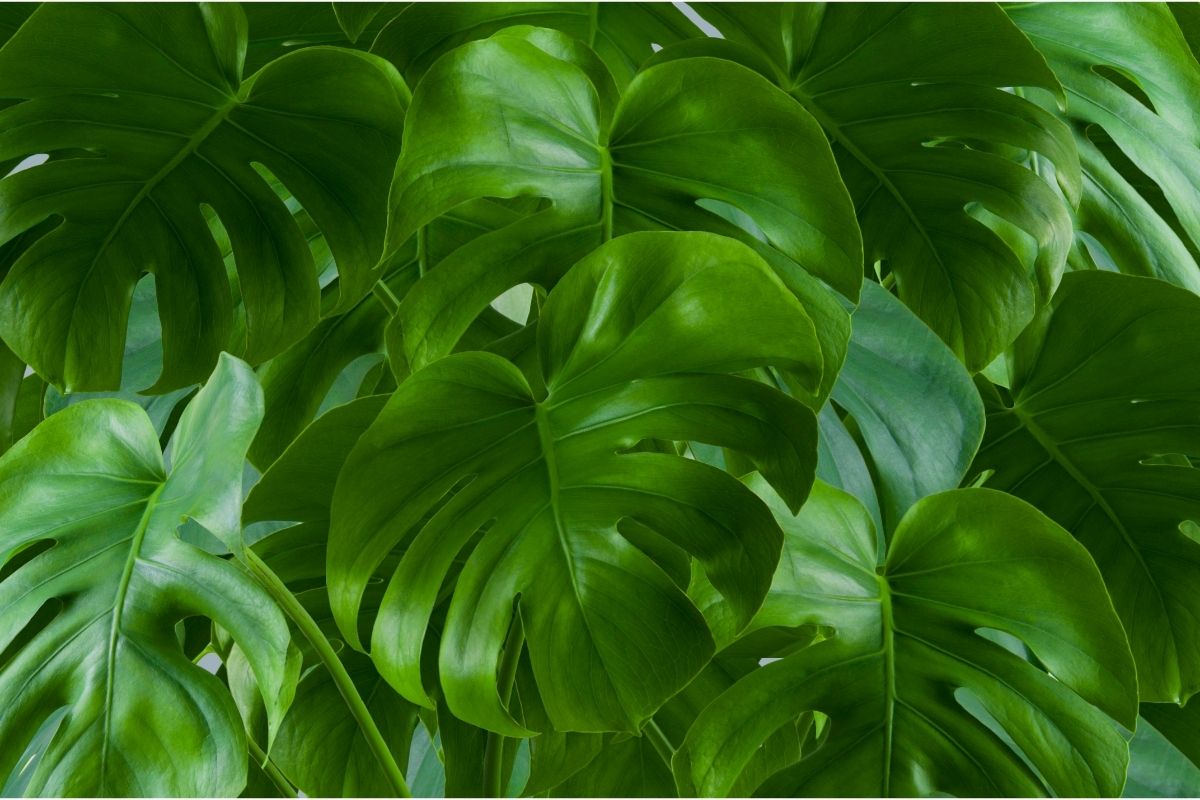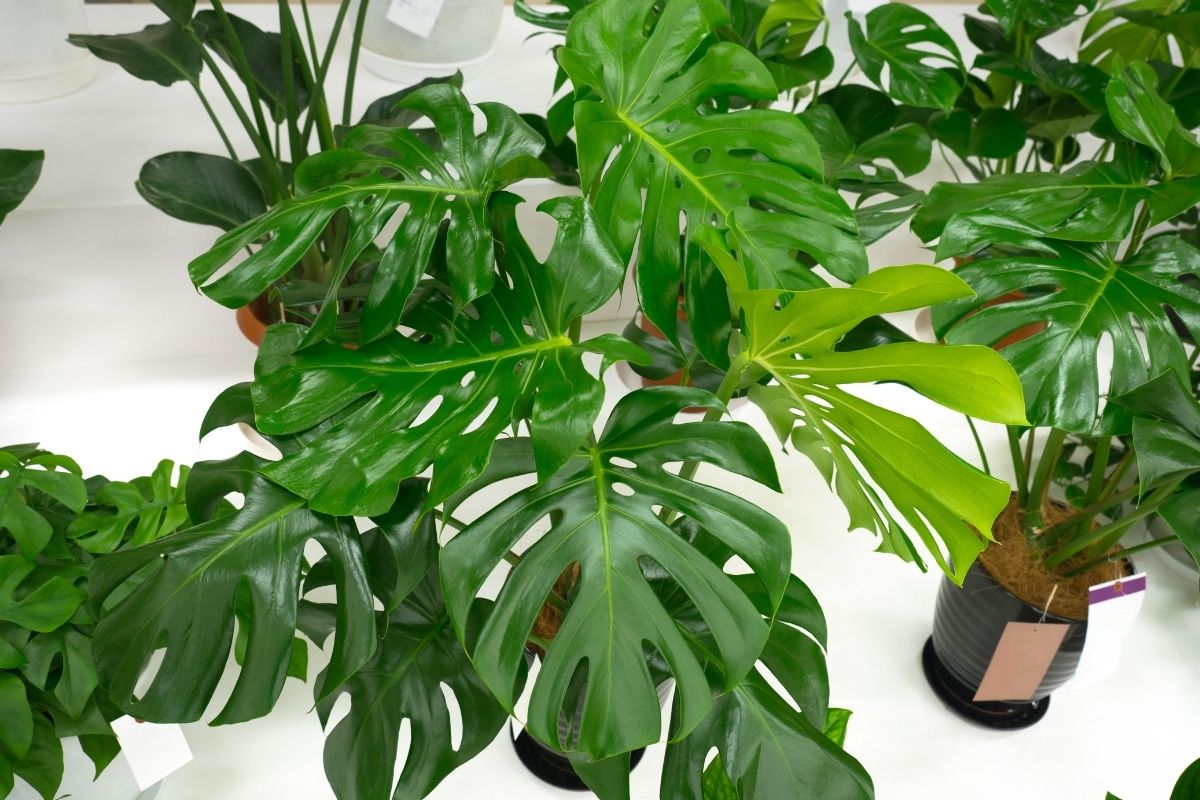It has become more and more popular nowadays for people to own houseplants, and one of the most popular houseplants is the monstera, which is otherwise known as the Swiss cheese plant.
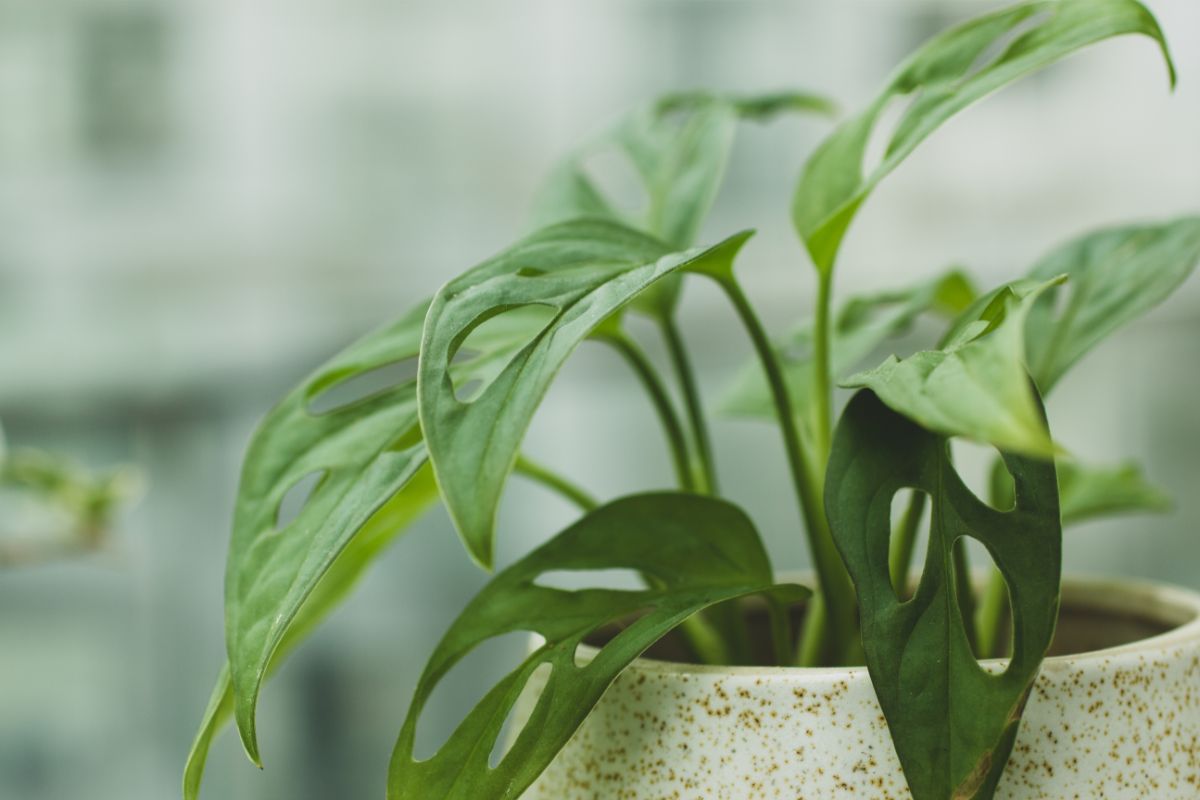
However, any responsible dog owner will be wary over houseplants. You may have heard someone mention before that some houseplants are toxic to dogs – so is this the case with monsteras?
Well, in short, monsteras are toxic to dogs, but your furry friend should be okay, as long as they don’t consume too much. While they might vomit, drool etc. they should recover fairly quickly.
But there’s a lot more you need to know than just this, so we’ve written this handy guide that explains everything you need to know about the toxicity of monsteras to your dogs.
Read on and discover more!
Are Monsteras Harmful To Dogs?
As we said, while monsteras are toxic to your dogs, generally speaking they should be okay as long as they haven’t devoured lots of the plant.
Luckily, your furry friend should not be able to consume too much.
This is because monsteras usually cause irritation, a burning sensation and general discomfort to your dog’s mouth, throat and stomach. The latter is partially why your dog might vomit if they consume the plant.
The primary reason for the toxicity of this plant is the sap. The sap contains calcium oxalate crystals, and there’s some key information with these crystals that you need to know.
What Are Calcium Oxalate Crystals?
These crystals are tiny particles that are devised of oxalate and calcium, which are jagged and sharp – similar to a group or cluster of needles.
This is partly why, when consumed, small cuts occur in the mouth, throat and stomach of the consumer.
In fact, sometimes these crystals can become lodged in the tissues of these areas, and this is not just for dogs. Humans have similar problems, but especially with their skin.
This is why it is recommended that you wear gloves when pruning your monstera, and it’s also a good idea to wear goggles and certainly wash your hands thoroughly after doing so.
The reason these crystals exist on the plant is because they act as a defense mechanism.
They help to defend the plant from animals and critters who may wish to feed on it. This doesn’t mean that the whole plant is a no-go for lunch though!
There is an edible part of the plant, which is the fruit. This fruit, when ripe, is entirely safe and perfectly enjoyed by many people and animals.
Indeed, this fruit has seeds, and when these seeds are spread – it helps to reproduce the plant’s numbers.
What Parts Of The Monstera Are Dangerous?

These crystals which we mentioned above are present wherever the sap flowers. Unfortunately, this means that the vast majority of the plant is dangerous for your furry friend.
In fact, as the safe areas are so limited and difficult to identify at times, it’s best that you keep your dog well away from a monstera.
Let’s take a look at the parts of this plant which are dangerous in more detail though.
Stem
This sap flows through the plant’s stems and eventually connects to the roots and the leaves.
Arguably, the stem is where these crystals are much more present – so you will want to wear gloves if you are touching the stem.
Leaves
More often than not, if you catch your dog eating your monstera, it’s usually the leaves that they chow down on.
The leaves are highly toxic and should be avoided at all costs. It’s likely that the leaves are very toxic to avoid critters eating them and killing them.
Roots
Sometimes, dogs have been known to dig into the soil and to the roots of a monstera plant. The roots are indeed toxic too, but generally the roots aren’t as toxic as the leaves.
Unripened Fruit
When the fruit of this plant is ripe, it’s perfectly edible and it’s fine to eat. The fruit is known as the Mexican breadfruit and is extremely delicious.
However, when the fruit is too young and not ripe enough, it can cause the same problems as the rest of the plant, like irritation and nausea etc.
Are Monsteras Fatal To Dogs?
For the most part, consuming some of a monstera plant will not kill your dog. However, if consumed in large quantities, the crystals can lead to kidney damage – which can lead to kidney failure.
Other problems such as dehydration can be fatal if your dog is constantly vomiting.
As we mentioned earlier though, it’s unlikely that your dog can eat that much to cause these problems, as the plant causes irritation and pain – which usually will put your dog off.
Of course though, if you notice your dog has consumed some of this plant – it’s better to be safe, so you should contact a veterinarian as soon as possible.
They will examine your dog and provide you with some advice for the coming days.
In short though, if you absolutely want to be safe – keep your furry friends away from your monstera plant.
How To Keep Your Dog Away From Monsteras
There’s a few things you can do to keep your dog away from your houseplant. Consider some of the following ideas:
- Training – you could use positive reinforcement, like providing treats for good behavior (staying away from the plant)
- Distraction – keeping your dog distracted away from the plant is a simple and effective method
- Out of reach – use some sort of gate or deterrent to keep your furry friend away from your houseplant
Final Thoughts
Monsteras are indeed toxic to dogs, but in small amounts they should recover pretty quickly. However, it’s wise to keep your monstera plant away from your dog to avoid any danger.
- Best Hanging Plant For Low Light - September 4, 2023
- Best Indoor Plants Florida - August 28, 2023
- Best Plants For Bathroom Smells - August 21, 2023



